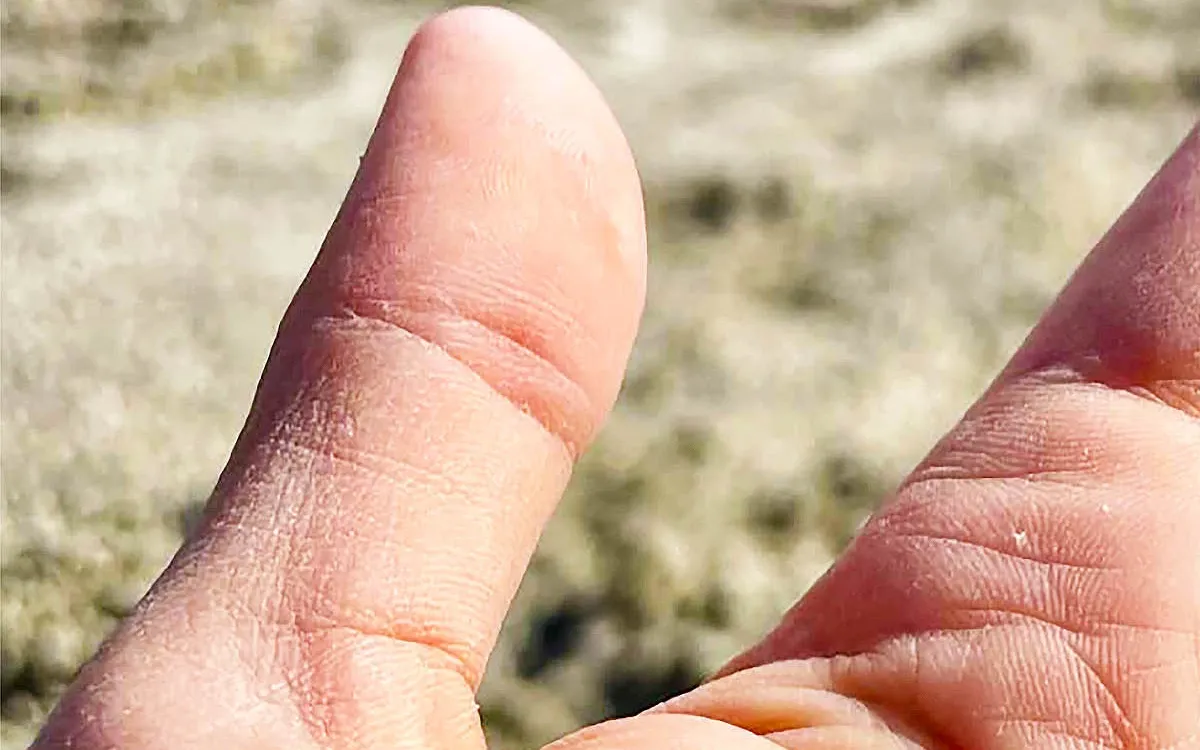
Life along the edge of the Western Interior Seaway was anything but tranquil 100 million years ago. Seasonal floods traversed low-lying plains, while dense forests clung to muddy channels that now mark the landscape of central Utah. In this vibrant ecosystem, dinosaurs and early mammals congregated around watering holes, with ancient crocodile relatives stealthily stalking the shallows. Fossils unearthed from the Mussentuchit Member of the Cedar Mountain Formation have begun to paint a lively picture of this prehistoric world, while scattered eggshell fragments provide a more intimate glimpse into the nesting behaviors of these ancient creatures.
For decades, paleontologists believed that only a single type of dinosaur egg lay buried within these sediments. This assumption was shattered when researchers collected over 4,000 eggshell fragments from 20 different sites and analyzed them using light and scanning electron microscopes. This extensive study revealed at least six distinct ootaxa—the scientific term for fossil egg species—indicating that various dinosaur species utilized the same nesting grounds. “The most intriguing aspect of this discovery is the presence of multiple types of elongatoolithid eggshells, which correspond to several species of oviraptorosaur dinosaurs,” stated Dr. Josh Hedge, a visiting assistant professor of biology at Lake Forest College. “Historically, we have been inclined to think there is only one kind of each dinosaur in a given ecosystem. However, our findings suggest that multiple species of each group likely coexisted.”
The analysis revealed that the elongatoolithid shells, associated with feathered oviraptorosaurs, comprised a significant portion of the findings. Their stiff, elongated structure resembles that of modern bird eggs, suggesting advanced gas exchange that may have permitted parents to bury their clutches in warm sand. Additionally, eggs belonging to ornithopods were identified, classified as Spheroolithus—an ootaxon linked to bipedal plant-eaters. The most astonishing find was a shard with the microscopic texture of Mycomorphoolithus kohringi. Previously, this ootaxon was only known from Europe, linked to a crocodylomorph, an extinct relative of today’s alligators. Its discovery in Utah expands our understanding of ancient reptiles that likely thrived in coastal wetlands while dinosaurs roamed the drier landscapes nearby.
Contrary to what their name might imply, oviraptorosaurs were not enormous predators. Most were medium-sized, feathered omnivores equipped with robust beaks and short tails. Recent skeletal discoveries within the same formation—such as Moros, an early tyrannosaur the size of a horse, and Iani, a beaked plant-eater—indicate an unexpected variety of species. The discovered eggs enhance this list to include animals whose skeletal remains are yet to be unearthed, underscoring how fragmentary fossils continue to reshape our understanding of the dinosaur family tree. On the other hand, ornithopods served as the industrious grazers of the Cretaceous West. Whether they were dry-season grazers or wet-season browsers, they frequently left tracks, though complete skeletons are rare. Their thick-walled eggs support the theory that they buried their clutches in vegetation, similar to modern-day megapode birds.
The findings from Cedar Mountain also provide evidence of a prolonged and gradual migration route between Asia and North America across the Beringia land bridge. Similar oviraptorosaur and crocodylomorph eggs have been found in both regions, indicating that these migrants arrived in Utah long before the renowned “dinosaur explosion” of the later Cretaceous period. The coexistence of these newcomers with older, indigenous species suggests a more gradual integration rather than an abrupt replacement.
Nesting sites capture a fleeting moment in time more accurately than scattered bones can. Clutch spacing, shell thickness, and pore patterns provide insights into soil moisture, vegetation cover, and even signs of parental care. The six identified ootaxa point to a diverse array of nesting strategies: shallow-buried mounds for crocodile relatives, sand-plastered rings for oviraptorosaurs, and potentially leaf-covered pits for ornithopods. This variety indicates a landscape rich in microhabitats, facilitating resource partitioning among species rather than direct competition.
This research illustrates how even a few eggshell fragments can revolutionize our understanding of ancient food webs. Despite their small size, these shards confirm that early Late Cretaceous ecosystems were layered with complexity—long before the reign of iconic dinosaurs like Triceratops and Tyrannosaurus further north. Each eggshell serves as a postcard from a time long past, revealing the textures of parents who protected their nests, battled floods, and nurtured hatchlings on now-vanished floodplain islands. Just eight inches of rock may encapsulate an entire summer's worth of nesting activity. When multiplied by the extensive Cedar Mountain exposures, Utah’s badlands promise to continue revealing volumes about the rhythms of ancient life.
Paleontologists will persist in their explorations, for each broken eggshell offers another clue—and another opportunity to gain clarity about our planet's distant past. The complete study was published in the journal PLOS ONE.
—– Like what you read? Subscribe to our newsletter for engaging articles, exclusive content, and the latest updates. Check us out on EarthSnap, a free app brought to you by Eric Ralls and Earth.com. —–